Este Geraghty - Learning from COVID-19: GIS for Pandemics
Here you can read online Este Geraghty - Learning from COVID-19: GIS for Pandemics full text of the book (entire story) in english for free. Download pdf and epub, get meaning, cover and reviews about this ebook. City: Redlands, year: 2022, publisher: Esri Press, genre: Science / Politics. Description of the work, (preface) as well as reviews are available. Best literature library LitArk.com created for fans of good reading and offers a wide selection of genres:
Romance novel
Science fiction
Adventure
Detective
Science
History
Home and family
Prose
Art
Politics
Computer
Non-fiction
Religion
Business
Children
Humor
Choose a favorite category and find really read worthwhile books. Enjoy immersion in the world of imagination, feel the emotions of the characters or learn something new for yourself, make an fascinating discovery.
- Book:Learning from COVID-19: GIS for Pandemics
- Author:
- Publisher:Esri Press
- Genre:
- Year:2022
- City:Redlands
- Rating:4 / 5
- Favourites:Add to favourites
- Your mark:
Learning from COVID-19: GIS for Pandemics: summary, description and annotation
We offer to read an annotation, description, summary or preface (depends on what the author of the book "Learning from COVID-19: GIS for Pandemics" wrote himself). If you haven't found the necessary information about the book — write in the comments, we will try to find it.
Now that the health community is in a state of reflection, how do we put the lessons learned into practice?
As we step back to examine the worldwide response to the COVID-19 pandemic, now is the time to think about how to raise the bar for our response to the next public health emergency. Now is the time to revisit health preparedness strategies and plans. And now is the time to review what the health community did that workedand how we can do that again.
Learning from COVID-19: GIS for Pandemics tells real-life stories about how spatial thinking became invaluable in both local and full-scale outbreaks during the COVID-19 pandemic.
Needing to answer the question of where sat at the forefront of everyones mind, and using a geographic information system (GIS) for real-time surveillance transformed possibly overwhelming data into location intelligence that provided agencies and civic leaders with valuable insights.
Co-edited by Esri chief medical officer Dr. Este Geraghty, this book highlights best practices, key GIS capabilities, and lessons learned during the COVID-19 response that can help communities prepare for the next crisis. GIS has empowered:
- Organizations to use human mobility data to estimate the adherence to social distancing guidelines
- Communities to monitor their health care systems capacity through spatially enabled surge tools
- Governments to use location-allocation methods to site new resources (i.e., testing sites and augmented care sites) in ways that account for at-risk and vulnerable populations
- Communities to use maps and spatial analysis to review case trends at local levels to support reopening of economies
- Organizations to think spatially as they consider back-to-the-workplace plans that account for physical distancing and employee safety needs
Learning from COVID-19 also includes a next steps section that provides ideas, strategies, tools, and actions to help jump-start your own use of GIS, either as a citizen scientist or a health professional. A collection of online resources, including additional stories, videos, new ideas and concepts, and downloadable tools and content, complements this book.
Now is the time to use science and data to make informed decisions for our future, and this book shows us how we can do it.
Este Geraghty: author's other books
Who wrote Learning from COVID-19: GIS for Pandemics? Find out the surname, the name of the author of the book and a list of all author's works by series.

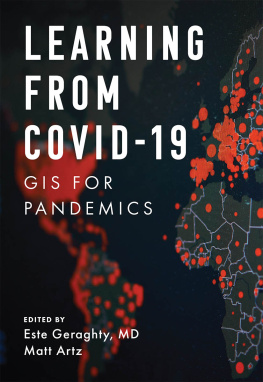


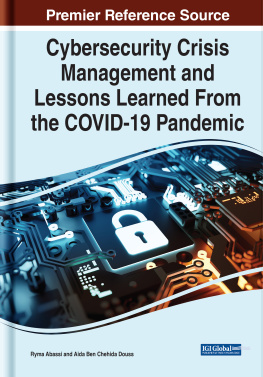
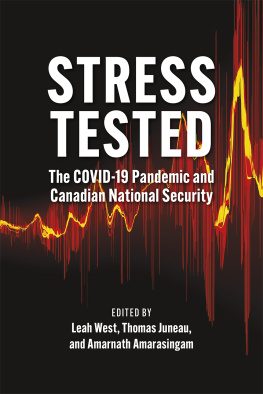
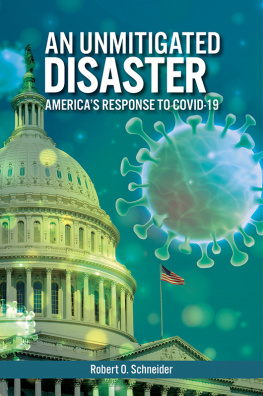
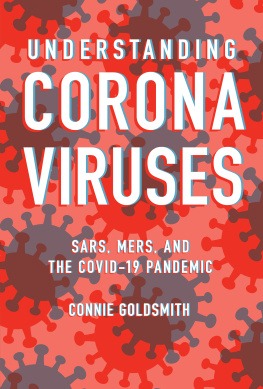

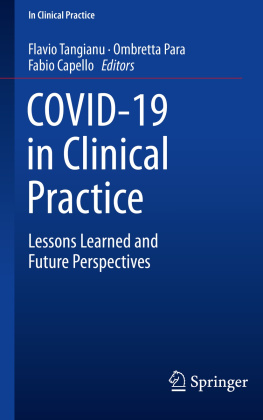
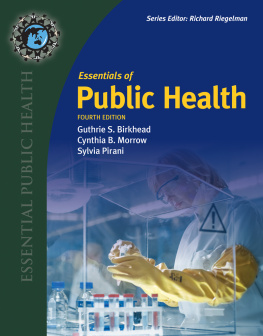


 Esri Press, 380 New York Street, Redlands, California 92373-8100
Esri Press, 380 New York Street, Redlands, California 92373-8100